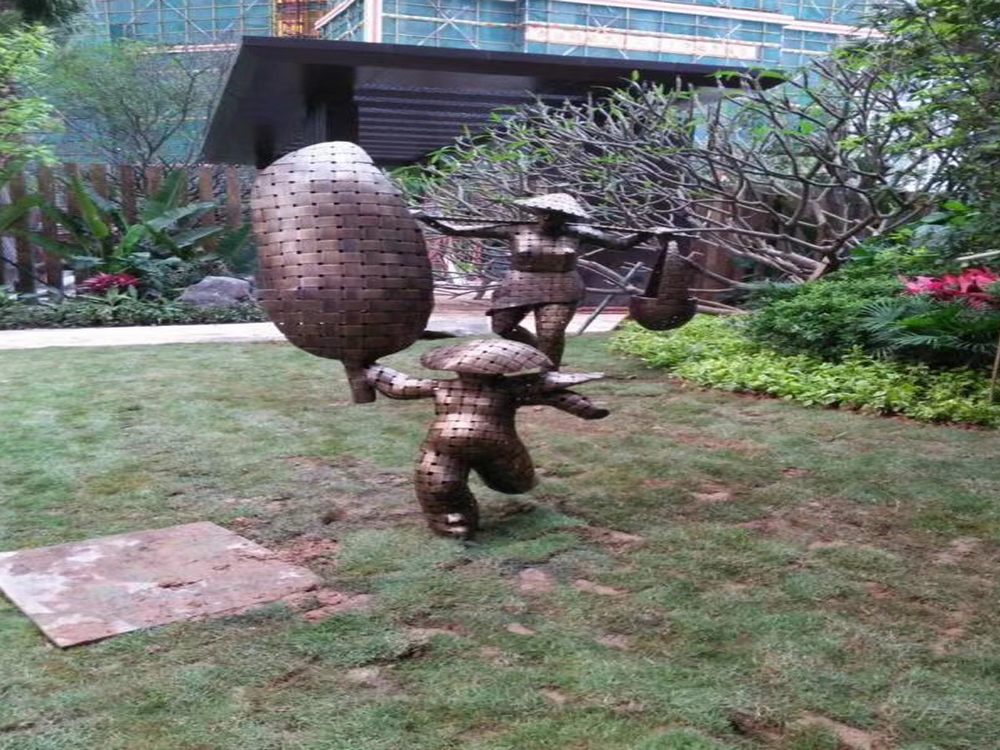
Preserving antique wood carvings in museums is a complex task that requires meticulous care and expertise. One of the primary challenges is environmental control. Wood is highly sensitive to fluctuations in temperature and humidity, which can cause cracking, warping, or mold growth. Museums must invest in advanced climate-control systems to maintain stable conditions.
Another significant issue is pest infestation. Insects like termites and beetles can irreversibly damage wooden artifacts. Regular inspections and preventive treatments, such as fumigation or controlled freezing, are essential to protect these treasures.
Light exposure also poses a threat. Prolonged exposure to UV rays can fade pigments and weaken the wood’s structure. Museums often use low-intensity LED lighting and rotate displays to minimize damage.
Restoration is another delicate challenge. Over-cleaning or using inappropriate materials can strip away historical patina or alter the carving’s original appearance. Conservators must balance preservation with maintaining the artifact’s authenticity.
Finally, funding and expertise shortages hinder preservation efforts. Skilled conservators are rare, and the cost of advanced conservation techniques can be prohibitive. Collaborative efforts between museums and cultural organizations are crucial to safeguarding these irreplaceable pieces of history.
By addressing these challenges, museums can ensure that antique wood carvings remain intact for future generations to appreciate and study.

